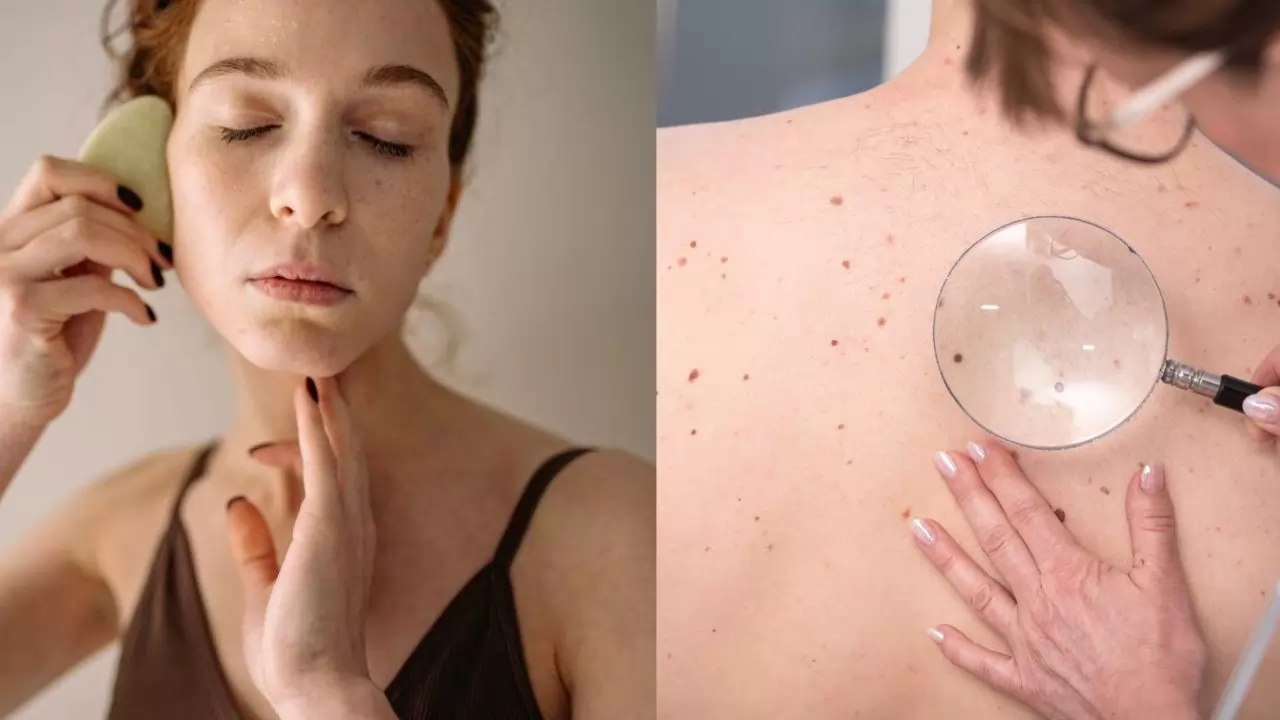
New Delhi: Helen Bailey, a 26-year-old realtor from Alabama, made a startling discovery while using a gua sha tool to reduce facial inflammation – she felt a lump in her neck, which rapidly grew to the size of a plum. Tests revealed the lump was a manifestation of stage 4 metastatic melanoma, originating from a previously removed cancerous mole.
Doctors diagnosed Helen with aggressive metastatic melanoma, giving her a slim 22 percent chance of survival. Treatment began immediately, accompanied by severe side effects including daily high fevers, uncontrollable shakes, weight loss, skin rashes, and chronic pain.
Helen's story underscores the importance of early detection and awareness of melanoma, which often originates from existing moles and can spread rapidly if untreated. Experts emphasize vigilance in monitoring skin changes and seeking medical advice promptly to improve treatment outcomes.
Melanoma is a type of skin cancer that develops in melanocytes - the cells that produce melanin and give skin its tan or brown color. According to doctors, it is less common than other types of skin cancer but is highly dangerous as it spreads to other parts of the body quickly if not treated well in time. Melanoma, though less common than other skin cancers, poses significant risks due to its propensity to spread quickly. Overexposure to sunlight, especially in young people, remains a primary risk factor, underscoring the need for sun protection and regular skin examinations. Helen Bailey's experience serves as a poignant reminder of the critical role awareness and timely medical intervention play in combating melanoma and saving lives.
Doctors explain that melanoma can manifest as irregular moles, scaly patches, open sores, or raised bumps. The American Academy of Dermatology uses the ABCDE memory device to aid in recognizing these warning signs:
The Melanoma can happen with excessive exposure to sunlight, particularly in young individuals, is a significant risk factor for melanoma. Ultraviolet radiation from the sun can harm the DNA in skin cells, altering specific genes responsible for cell growth and division. The risk escalates as damaged skin cells undergo uncontrolled reproduction, potentially leading to melanoma.





Copyright © 2026 Top Indian News
